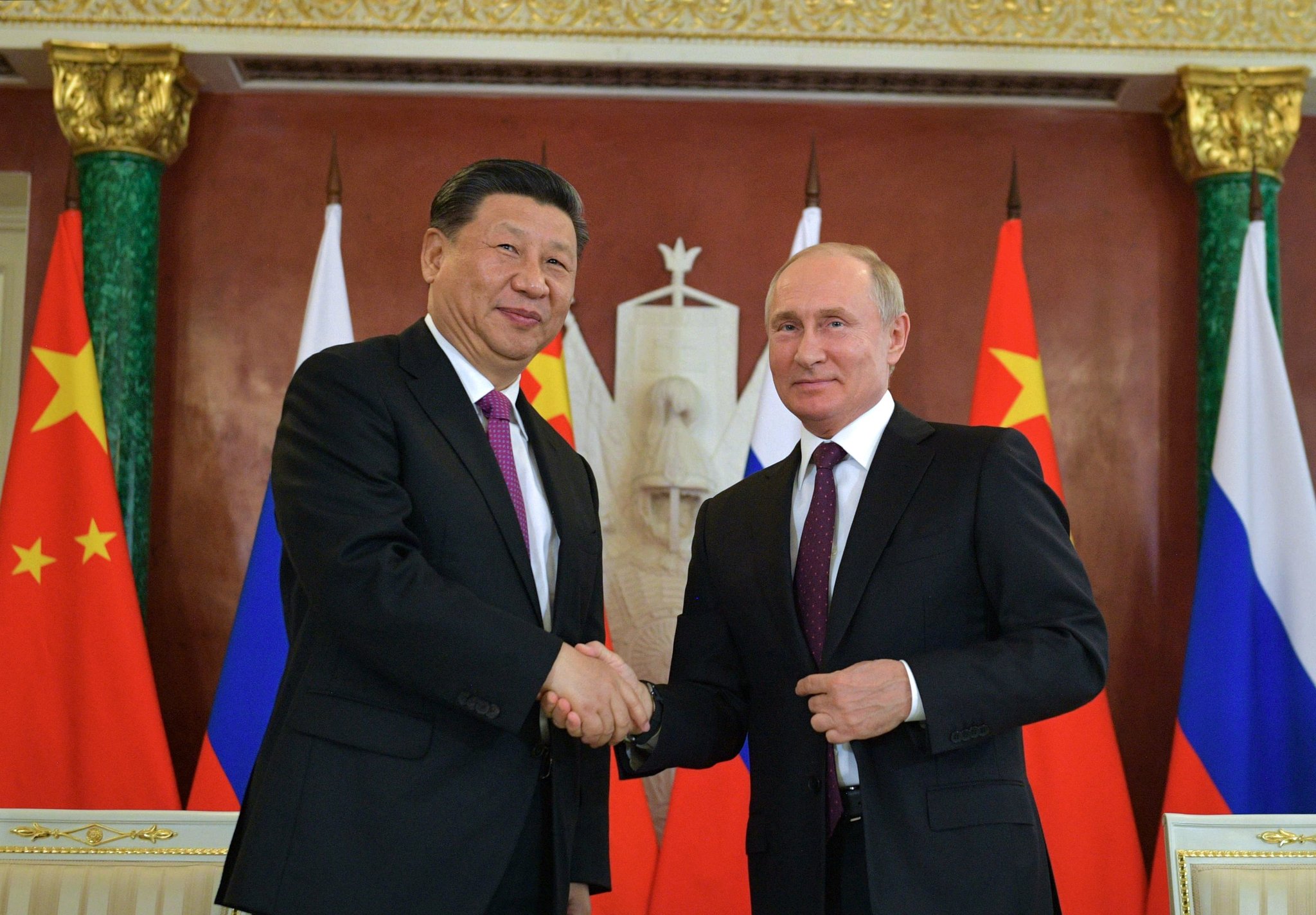the 21st Century has seen the rise of China which has cemented its name among the elite due to capability of producing advanced defence products indigenously.
The People’s Liberation Army (PLA) ranks as the world’s largest military force with the second-largest defence budget globally and their military superiority is displayed with advanced fighter jets like the J-20 stealth jets, multi-role J-16 fighters, J-11s, and J-10s.
However, as Beijing confidently carries out its expansionist policy at the cost of nations who are intimidated by the military might at Xi’s disposal, the PLA has a decade-old military partnership to thank for its ability to stand on its own— its alliance with Russia.Ever since the normalization of relations between the two nations in 1989, military cooperation has been one of the most important facets of their bilateral ties, with China becoming the first nation to be supplied with the Sukhoi Su-27 fourth-generation fighter at a time when key Soviet partner India, only had access to the MiG-29s.
Fast forward to this day, and thanks to Russia, the PLA Air Force (PLAAF) has a commanding presence over the entire globe, consisting of fighters brought in from Moscow or built from the legacy left behind by the Russian defence innovation.
Beijing’s first models of fighter jets include the MiG-9 and MiG-15 jet fighters which had been exported from the Soviet Union, with the subsequent J-5, J-6, and J-7 fighter jets developed from the base models of the MiG-17s, MiG-19s, and MiG-21s.
Moreover, the twin-engine Shenyang J-11 fighter jet is said to have been developed by reverse-engineering the Su-27, which has been a heated debate for a long time.
Recently in a bid to stamp their aerial prowess even further, Beijing in a deal worth 2.5 billion dollars, ordered two batches of the advanced Su-35 air superiority fighters, which are believed to be around 24 in number.
“No one can really doubt the enormous progress of Chinese airpower, enabled by the formidable plus-up that Russian aircraft have provided over the last three decades, not to mention during the 1950s. Let’s not forget that was China’s first and rather successful injection of concentrated military aerospace power and knowledge,”
Russia has transferred more than five hundred aircraft to China since 1990. These included large military transports, early warning aircraft, refueling aircraft, attack jets, and fighter interceptors.” according to an editorial in Guarding India.
The military partnership between the two nations has remained strong with the value amounting to a total of 16 billion dollars between the period of 2001 to 2008 and Russian President Vladimir Putin echoed the huge contribution of Russia in China’s road to becoming a superpower.
“China is moving quickly towards superpower status,” Without any doubt, our cooperation with China is bolstering the defence capability of China’s army.” said Putin.
The Russian President was speaking at the annual Valdai Discussion Club last week when he was also asked about a potential formal Russia-China military alliance.
“We have always assumed that the extent of our relationship has reached such a degree of cooperation and trust that we don’t need it. It is theoretically quite possible to imagine it,” said Putin.It is not just China’s Air Force where Russia has made a substantial contribution. According to National Security Reporter Mark Episkopos, writing for the National Interest,
“As many as 12 Soviet Kilo-class submarines are currently in PLAN’s service, while China’s first Liaoning (Type-001) aircraft carrier was built from the imported hulk of the Soviet Kuznetsov-class Riga aircraft carrier. The Type-002 successor to the Liaoning is based on the same Soviet-inspired design.”
Moreover, China has also successfully imported the lethal S-400 surface-to-air-missile-systems (SAMS) from Russia in a bid to bolster their defensive capabilities against the modern class of stealth fighters like the F-35s and F-22 Raptors operated by the US, especially at a time as the two nations are head-to-head in the South China Sea.
Talking about the enhanced military-technical cooperation between Russia and China, the Deputy CEO of Russian state arms export agency Rosoboronexport, Alexander Scherbinin, said,
“Recently that military-technical cooperation between Russia and China “amounts to several billion dollars per year. However, several other important indicators are in place, including consistency. We have such level of cooperation already during a fairly long period of time,”
If we speak about further prospects of military-technical cooperation, I am confident this is symbiosis: on the one part, conventional products, and on the other part work in the high technologies sphere. This symbiosis is the pledge of our future relations.”
































